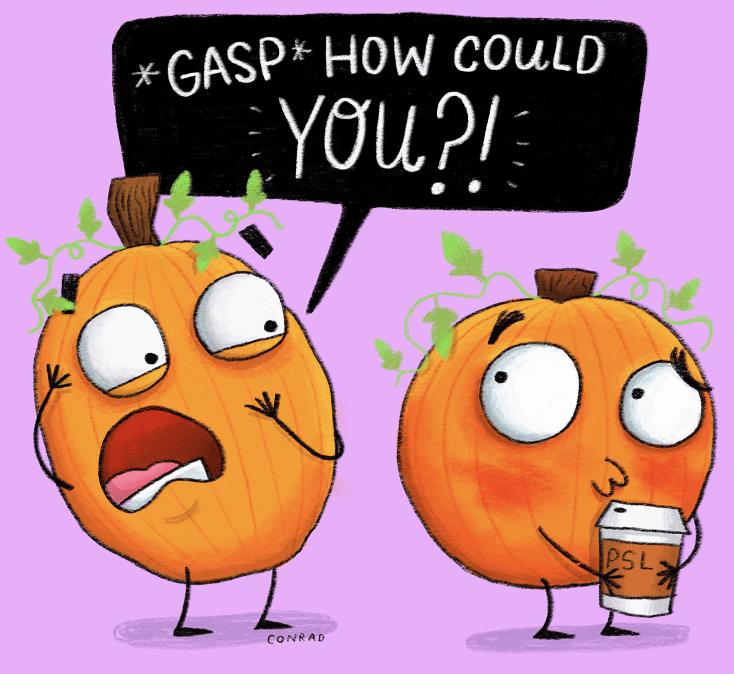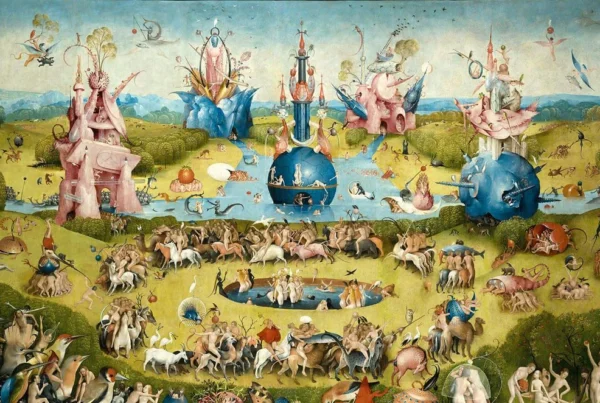What does fall, or the American word for the autumn season, look like in India?
Simply put, nothing. Due to its tropical location, India has an absent autumn. However, just because Indian trees do not shed their leaves like I do hair during exam season, doesn’t mean that Indians don’t partake in the Fall Fever. In fact, Starbucks brought its popular Pumpkin Spice Latte (PSL) to Indian menus this year, with Veetika Deoras, Starbucks’s Head of Marketing, claiming that “bringing the PSL to India is like bringing autumn to India.” However, it never mattered whether the beverage fit India’s context of seasonality, nor was it adapted for this context (but tbf Kadoo Latte doesn’t have the same ring to it).
Instead, the PSL’s success in India highlights how there is a global demand for the drink, and arguably for everything it stands for: fall, comfort, and America. This is what I find interesting about its ready success—a testament to something entirely absent but yet able to evoke common intrigue and relatability. Whether it signifies change, maturity or simply American capitalism, fall as a concept has permeated the world. Thus, in this article, I wish to break down the commodification of fall, and its rise and relevance as a global phenomenon.
The history of the autumn aesthetic traces back to Bethany Mota, a Youtuber whose “Fall Morning Routine” video quickly became viral and now boasts over 17 million views. In it, Mota features hot beverages like, you guessed it, the PSL in trendy plum hues. While there is psychological evidence for “fall colours” to be emotionally soothing, Mota’s video paves way for the spread of a “comfort culture” that relies on an almost voyeuristic obsession with performed leisure. Life in India is no less stressful than that in Fall-en countries, so its growing usage as a synonym for comfort is not surprising in the least. However, when the season itself doesn’t exist in India, the way its comfort manifests is through commodification—sales on Baths and Body Works candles or warm colour-coded Urbanic carts. In fact, Black Friday, an American Fall tradition, wherein big brands sell at mega-discounts, has now gone global. Black Friday sales are increasingly used by retailers in India today to coerce buyers into emptying their pockets and partake in retail therapy.
Upon considering the mainstream understanding of fall, we realise its reductive Westernised notions that denote certain practices and behaviours as status-conferring and crucial to the creation of a “global taste”. With the rise of Tiktok trends that further universalise what the #FallAesthetic can and should be, the creation of a binary is only accelerating, giving it a larger political meaning. In this context, we can ask ourselves if mom’s kaddoo ki sabzi (an Indian pumpkin stew), will ever have the same market share as a PSL? Will an Indian summer ever be as widely recognised as the American fall?
Still, fall’s relevance to us Indians hasn’t entirely shed its leaves of relevance. Now that I live abroad and have actually seen this celebrated season, I can acknowledge that certain elements it signifies—change, maturity, yada yada—can also be found in the Indian context. For example, come late October, just like Canadians sweeping their yards, we Indians start deep-cleaning for Diwali. As the seasons change, from monsoon to a mild winter (trust me, I can never take Indian winter seriously after spending 200+ euros on my heater bill in France), the same comfort can be found in a pashmina shawl as in an Urban Outfitters puffer. Lastly, my Indian city of Bangalore is known for its consistently good weather, so what fall evokes for America as change in a Starbucks mug, can surely be found in filter coffee on any traffic filled Tuesday.
The only question is, are we looking?
Other posts that may interest you:
- Insight into the Warwick Economics Summit: A Discussion on the UK’s Economic System with Sir Howard Davies
- La grève des scénaristes et des acteurs: Hollywood en péril ?
- A forbidden fruit — nourished in shadows,
- Paris, December 21
- At your mercy at the coffee shop
Discover more from The Sundial Press
Subscribe to get the latest posts sent to your email.




